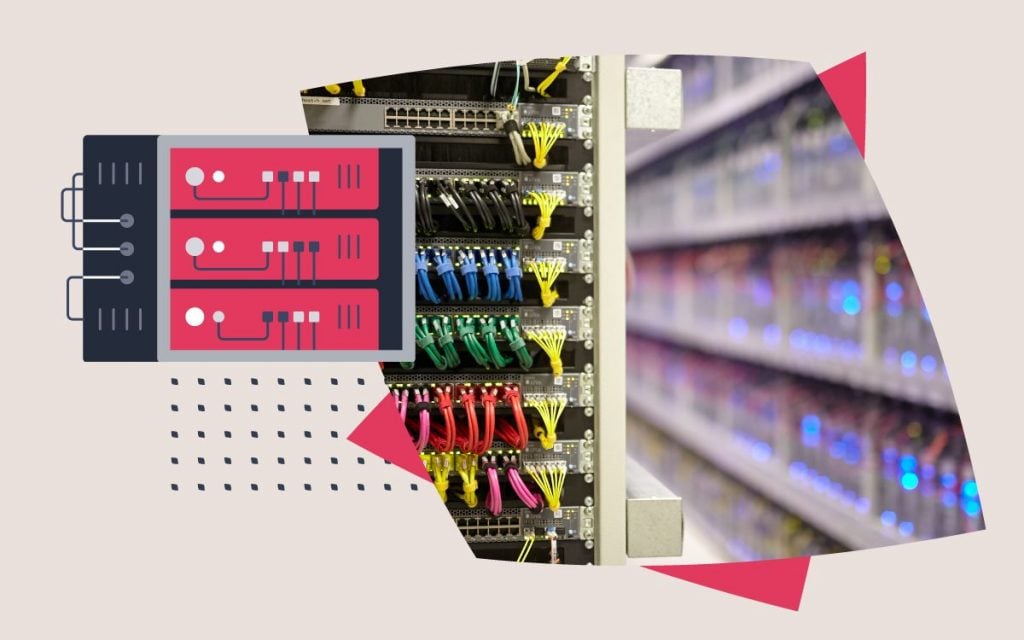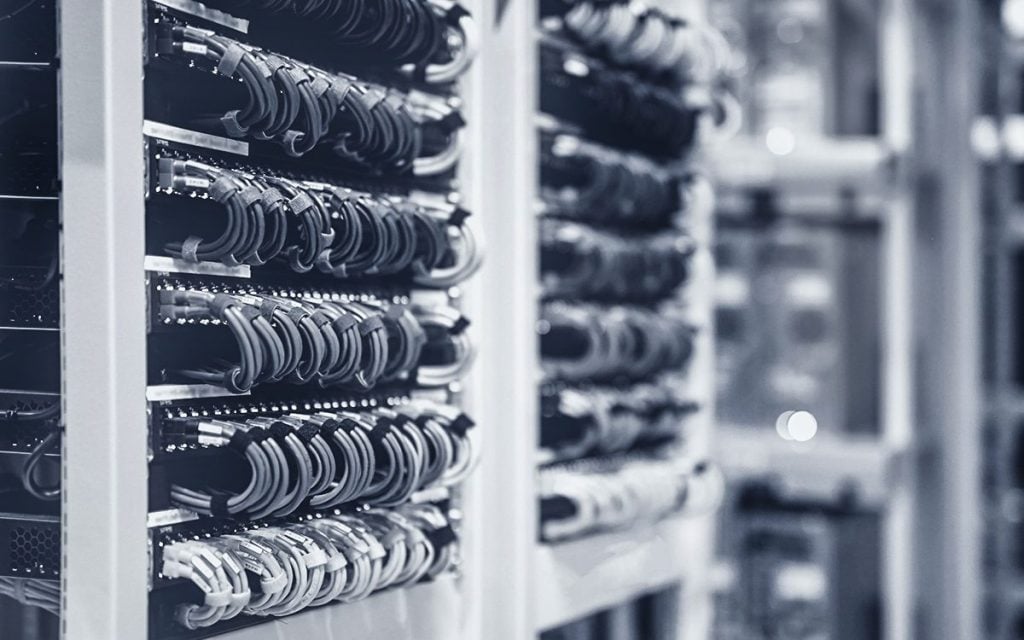What’s the difference between CDN and Cache?
| Cache is now in limited release. Visit our Help Centre guide for details on how to join. |
A Content Delivery Network (CDN) and Cache improve website performance and speed, but they serve different purposes and operate differently.
The table below shows the key differences between a CDN and Cache:
| Feature | CDN | Cache |
| Primary Function | Distributes web content across multiple servers in different locations to reduce latency. | Caches frequently requested web content to reduce load times and server strain. |
| Scope | Works on a global or regional scale, optimising content delivery for users worldwide. | Typically operates at the server or network level, focusing on optimising request handling and load times. |
| Location | Uses multiple edge servers in various geographic locations. | Usually implemented on a single server, proxy, or application layer. |
| Caching Method | Stores copies of website resources (images, videos, scripts, HTML pages) in geographically distributed servers. | Stores copies of website resources (images, videos, scripts, HTML pages) on a caching service in a location close to the origin server. |
| Use Case | Best for handling global traffic, reducing latency, and distributing load. | Best for optimising web application performance, reducing redundant processing, and improving response times. |
How to choose between CDN and Cache
- Use a CDN if you have a global audience and want to deliver content faster by distributing it closer to users.
- Use Cache if you need to optimise performance on a specific web server or application without placing copies of cacheable content around the world.









